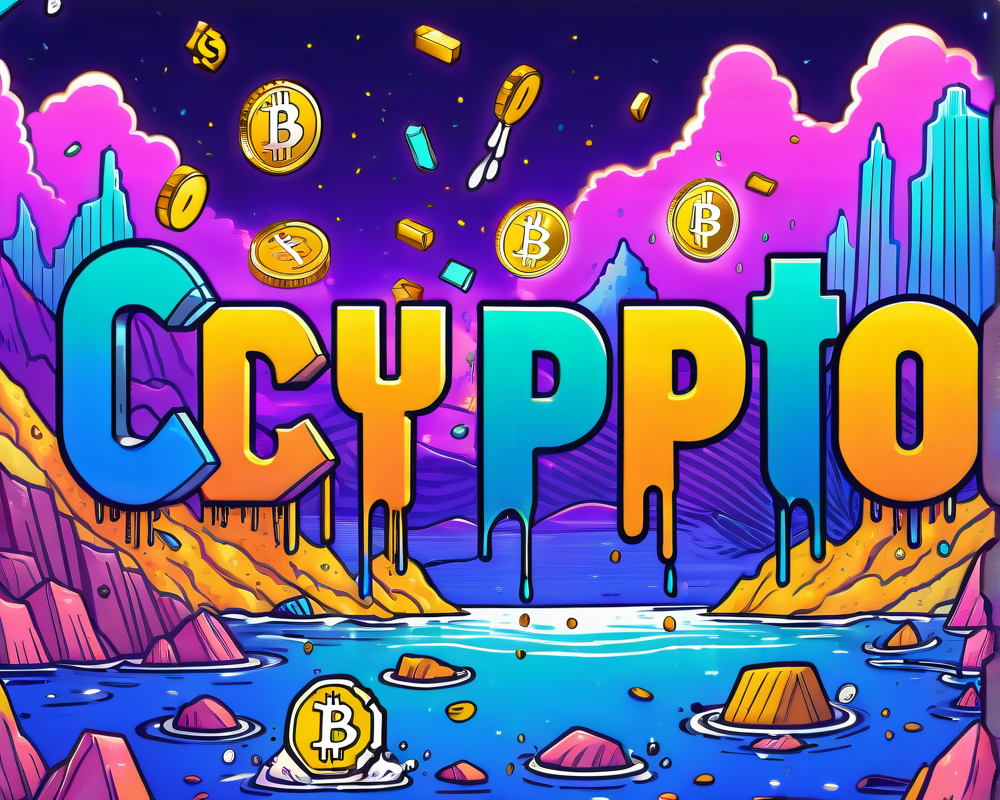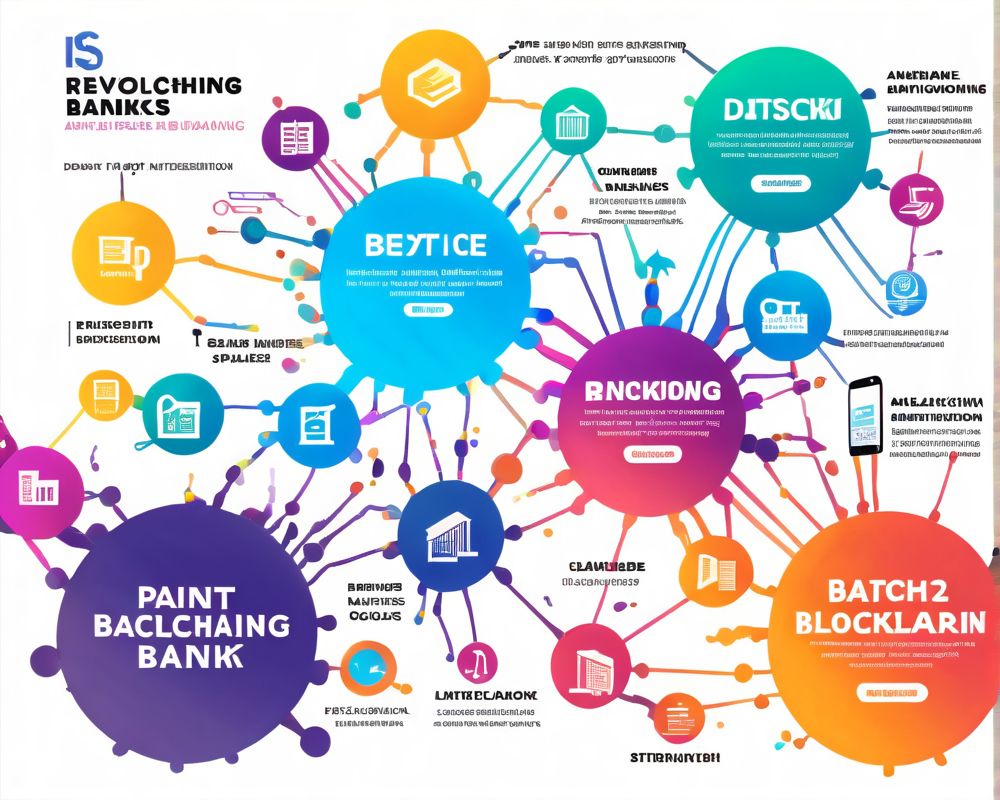Understanding the Crypto Lending Landscape
Cryptocurrency loans have carved out a notable niche in the decentralized finance (DeFi) sector, evolving from mere novelties into crucial frameworks for digital asset management. These loans allow crypto enthusiasts to tap into their asset portfolios while enjoying the benefits of decentralized lending platforms driven by smart contracts. Imagine being able to borrow against your Ethereum like it’s a child’s toy at a playdate—only, you’re not giving it up, just leveraging it for value!
The Dominance of Ethereum
Ethereum stands tall in the crypto lending realm, boasting an impressive total value locked (TVL) that dominates the DeFi landscape. As of now, major players like Maker and Aave anchor the market, collectively holding billions in assets. But it’s not just Ethereum’s party—blockchains like Terra and Solana are also rolling out their red carpets for crypto loans.
How Crypto Loans Work
At the heart of crypto lending is the transaction between lenders and borrowers, facilitated by smart contracts that handle collateral and ensure everything runs smoothly. Borrowers must deposit collateral, typically a crypto asset, in exchange for loaned funds—a bit like pawn shop dealings, only cooler. For those feeling adventurous, platforms such as Aave offer flash loans that require users to return the borrowed amount within a single transaction block. If not, poof! The transaction evaporates before anyone can say “yikes!”
Loan-to-Value (LTV) Ratio Explained
The Loan-to-Value (LTV) ratio is a key metric in this world, indicating the relationship between the loan amount and the value of the collateral. On Aave, for example, the LTV for Maker (MKR) is set at 50%. This means that if you have $1,000 worth of collateral, you can borrow up to $500. It’s a pragmatic approach designed to cushion against market volatility—nobody wants to be the person in the room who used their entire savings as collateral and lost it all because the market took a dive.
Pros and Cons of Crypto Lending
As with any financial venture, crypto lending has its share of risks. Smart contract vulnerabilities can pose a threat, as evidenced by unfortunate hacks in various lending platforms. Managing liquidation risk is also critical. Software glitches? Let’s just say, they make for some very nervous borrowers.
A Garden of Risks
- Smart Contract Risk: Bugs in code can lead to losses. Robust testing processes are key here.
- Liquidity Risk: If your collateral value drops too low, you might face a margin call, and nobody likes that.
- Impermanent Loss: For lenders, providing liquidity can result in losses if the market volatility doesn’t balance out with the earned fees.
- Regulatory Risks: Who knows what rules governments will cook up? Borrowers need to stay on their toes.
The Future of Crypto Lending
The future of crypto loans looks brighter than a freshly minted coin! Innovation is thrumming with the promise of integrating digital identities for enhanced security, plus the potential to use NFTs as collateral. Just think, your digital cat meme could very well get you that loan you’ve been eyeing! With lending markets still expanding, the area is buzzing with potential, and it’s essential to stay informed.
Final Thoughts
As we advance into a digital-first economy, crypto lending continues to be a cornerstone of decentralized finance. While risks exist, savvy investors who do their homework are poised to carve out their niche in this ever-evolving landscape. Keep your eyes peeled, folks—this is one financial party that’s far from over!




